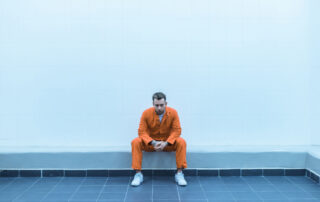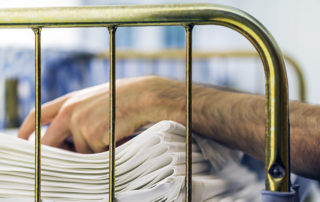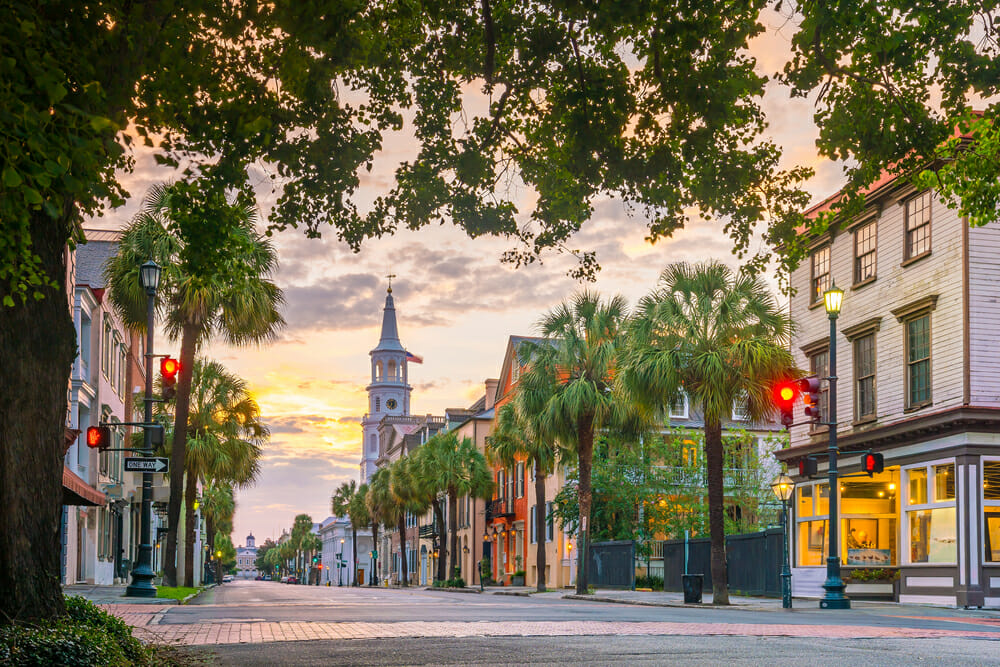
Criminal Justice and Rehabilitation in South Carolina
Statewide criminal justice systems are large, sometimes complicated networks of offices, departments, jurisdictions, facilities, and enforcement arms. This article briefly summarizes a few critical areas within the South Carolina criminal justice sector to provide a clear view of how that state’s incarceration and reform system works.
Prison Population in South Carolina
The best way to understand criminal justice in South Carolina is to find answers to the following questions:
- What criminal rehabilitation programs are used in South Carolina?
- Are there alternatives to incarceration in South Carolina?
- How many people are incarcerated in South Carolina?
- What are the biggest prisons in South Carolina?
- What is South Carolina’s recidivism rate?
- What is South Carolina’s crime rate?
According to the Bureau of Justice Statistics, South Carolina has the 25th highest incarceration rate in the nation, just behind Oregon but just ahead of Pennsylvania. South Carolina incarcerates about 298 people for every 100,000 living there. The overall U.S. incarceration rate is 350 per 100,000.1
Incarceration rates are one thing, but how many people are incarcerated in South Carolina? According to the National Institute of Corrections, South Carolina has 12,820 individuals detained in 50 local jails across 46 counties. As of December 31st, 2019, the state had 18,608 people serving prison sentences in 21 state prisons. South Carolina’s state-operated facilities are run by 4,600 staff on an annual budget of $514,011,239. The state also maintains a community corrections population with 31,328 under probation and 4,732 under parole.2
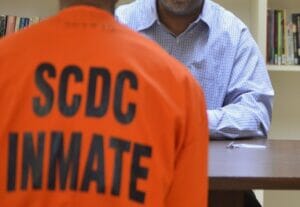
Image Courtesy of: www.doc.sc.gov
South Carolina refrained from contracting with private prisons for years, but that has changed. Per 2019 data, about 84 South Carolina prisoners are held in private prisons.
The Lee Correctional Institution, a state-managed facility in Bishopville, is the largest carceral facility in South Carolina. The facility has a capacity of 1,785 and has been in operation since 1993.3
According to the Urban Policy Institute, South Carolina’s Department of Corrections is the 7th costliest item in the state’s annual budget. About $250 per South Carolina resident is spent on the Department of Corrections, or $23,673 per inmate. The Department of Corrections expenditures is just behind expenditures on the police, highways, roads, and higher education.4
Crime in South Carolina, Statewide Trends
Every year the South Carolina State Law Enforcement Division compiles and presents a detailed report on crime in the state for that year. The following are the statewide trends for 2021, reflecting year-over-year changes and decade-over-decade shifts:5
- Since 1992, the state’s violent crime rate has decreased by 48.3%.
- South Carolina’s violent crime rate decreased by 5.1% from 2020 to 2021.
- South Carolina’s murder rate, unfortunately, increased by 0.89% from 2020 to 2021.
- Despite a drop in violent crime, South Carolina’s murder rate has been at its highest since 1991.
- South Carolina’s instances of sexual battery and assault decreased by just 1% from 2020 to 2021.
- South Carolina’s robbery rate decreased by 19.6% from 2020 to 2021, reflecting significant improvement.
- Another continuous decrease, South Carolina’s aggravated assault rate dropped by 2.2% from 2020 to 2021.
- Breaking and entering is down in South Carolina, falling for the 10th year in a row by 14.9% from 2020 to 2021.
The above only briefly touches on crime rates in South Carolina, but it’s enough to show that progress is being made in the Palmetto State. With the exception of the murder rate, most crime metrics are consistently declining in South Carolina.
South Carolina Recidivism and Return to Incarceration
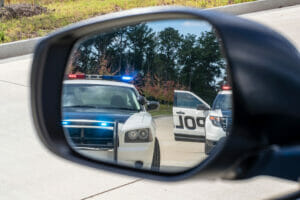
One of the most crucial metrics to uncover when examining a state’s criminal justice system is its recidivism rate. A South Carolina Department of Corrections Data Summary states, “In FY 2017, there were 9,123 releases (1,122 females and 8,001 males). Of those releasees, 1,843 (152 females and 1,691 males) recidivated to SCDC within 36 months due to conviction for a crime committed after release and/or supervision revocation for an overall rate of 20.2% (13.6% and 21.1%, respectively).” While South Carolina has made some progress in criminal justice reform, one in five offenders who go to prison in the state still re-offends after they are released, ultimately winding up back in prison. That means the prison system is not working for those offenders.6
Criminal Reform Modalities in South Carolina that May Reduce Recidivism
In addition to its existing criminal reform modalities, South Carolina may further reduce its recidivism by offering interventions like:
- Drug and alcohol addiction treatment programs for offenders who misuse substances
- Job skills and vocational programs to help offenders learn valuable trades for post-incarceration life
- Hands-on programs that teach skills and coping strategies to help offenders live crime-free lives following their release
Alternatives to Incarceration and a Path Forward for South Carolina

Photo by omar antonio negrin/Shutterstock.com
In some ways, South Carolina has been a leader in providing alternatives to incarceration to keep offenders out of jail. Quoting the Department of Corrections in their report on a leading alternative called Shock Incarceration, “The Shock Incarceration Program is a 90-day program designed as an alternative to traditional incarceration, providing a therapeutic environment where young, nonviolent offenders receive substance abuse treatment, academic education, and other help to promote their reintegration into the community. All aspects of the Shock Incarceration regimen have as their goal the development of law-abiding citizens. The therapeutic approach encompasses drill and ceremony, physical training, work, and education, which are added a heavy emphasis on substance abuse education and treatment and the development of personal responsibility.” Programs like these should be expanded to all counties of South Carolina so offenders across the state can benefit.7
Other incarceration alternatives in South Carolina that keep offenders out of the carceral system include:
- Probation
- House arrest
- Community service
- Work release programs
- Substance abuse programs
However, some offenders must be incarcerated to preserve public safety. To support true reform and to empower such offenders with the tools they need to lead crime-free, productive, and responsible lives, South Carolina could reduce its recidivism rate by implementing educational programs in prisons in South Carolina. Such policies should be implemented by policymakers and supported by community members and law enforcement.
Sources Cited:
- BJS. “Prisoners in 2020 – Statistical Tables.” Bureau of Justice Statistics, 2020. bjs.ojp.gov
- NIC. “South Carolina 2019.” National Institute of Corrections, 2019. nicic.gov
- SCDOC. “Lee Correctional Institution.” South Carolina Department of Corrections, 2020. doc.sc.gov
- UI. “Project South Carolina.” Urban Policy Institute, 2022. urban.org
- SCSLED. “Crime in South Carolina Annual Report.” South Carolina State Law Enforcement Division, 2022. sled.sc.gov
- SCDC. “Recidivism Rates of SCDC FY 2017 Releases.” South Carolina Department of Corrections, 2017. doc.sc.gov
- SCDC. “Shock Incarceration Program.” South Carolina Department of Corrections, 2022. doc.sc.gov
Related Articles
What Is the Scope of Private Prisons in the U.S.?
In 2001, the Federal Bureau of Justice Assistance authored a report analyzing then-emergent issues regarding private prisons in the United States. According to the authors...
Read more >>
Which U.S. State Has the Lowest Recidivism Rate?
The primary mandate of prisons is to reform people who commit crimes. That’s why each state examines its recidivism rate so closely. Recidivism is the...
Read more >>
Learning to Help Others with Their Reentry Skills
What I have learned through studying the Mentor Course and Learning Skills for Life Course, I was able to help someone pass their Unit Standards*...
Read more >>



